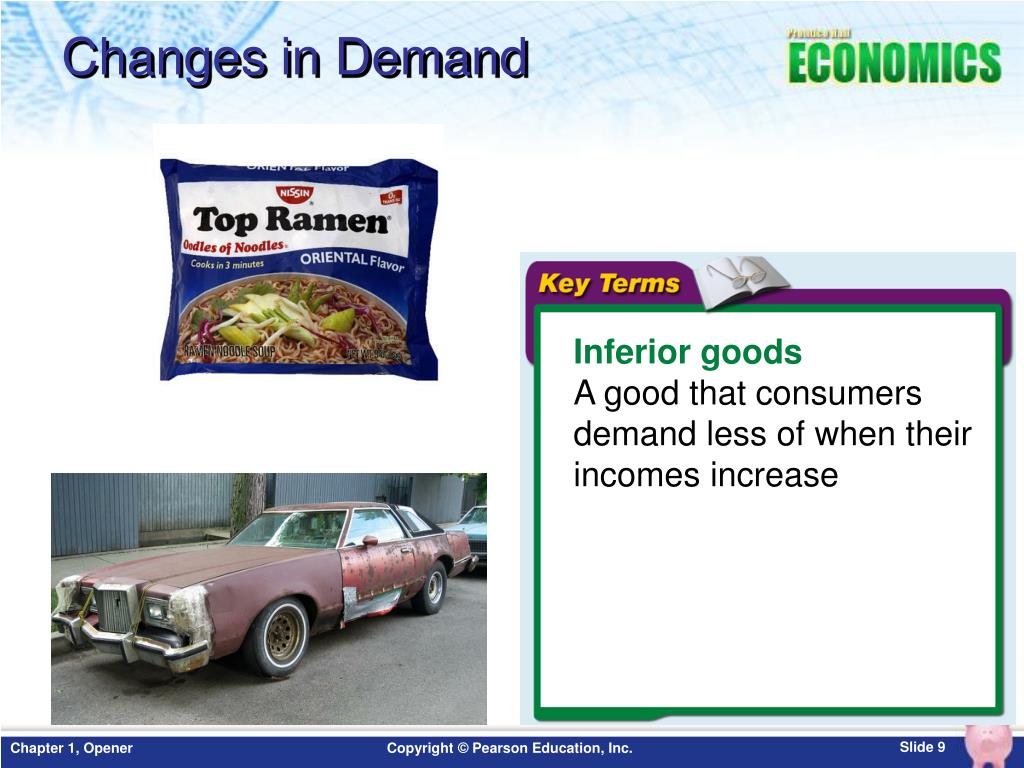

In contrast, even though households in the top half of the distribution hold the large majority of excess savings (about $1.35 trillion as of mid-2022), this increase in their savings likely had only a modest effect on their spending behavior through 2021.

Regardless of their allocation, excess savings resulted in higher net wealth and stronger balance sheets for these households, which have continued to support spending and credit performance. It is important to note that many of these households have used some of their excess savings to pay down debts, or possibly to invest in equity and other financial assets or as a down payment for buying a home, instead of keeping them as liquid assets, thus shifting where the savings appear on their balance sheets. We estimate that households in the lower half of the income distribution were still holding about $350 billion in excess savings as of mid-2022-mostly stemming from the boost to income induced by fiscal stimulus in 20. For this reason, we also consider how excess savings are distributed across the population. These effects may be amplified or reduced by the extent to which the excess savings are held by lower-income households, many of whom typically hold very little liquid wealth, as an increase in liquidity may lead to notable changes in their spending behavior.

At the same time, excess savings have fueled high levels of spending for some households, which may have contributed to persistently high inflation amid constrained supply. Accordingly, excess savings may help to damp a feedback loop-where a negative shock to income leads to a cut to spending, which then leads to an additional cut to income, et cetera-that, at its worst, could lead to a recession. In general, by contributing significantly to high levels of liquidity, excess savings have enabled more households to smooth their consumption through negative income shocks, making the economy more resilient to adverse shocks. The amount and distribution of these excess savings have received a lot of attention by policymakers, because forecasts of economic growth and inflation as well as our understanding of household welfare depend heavily on who holds the excess savings and how long they are expected to bolster household balance sheets and demand. Source: Bureau of Economic Analysis, authors’ calculations. Factors Affecting Reserve Balances - H.4.1.Industrial Production and Capacity Utilization - G.17.Survey of Household Economics and Decisionmaking.Household Debt Service and Financial Obligations Ratios.Financial Accounts of the United States - Z.1.Statistics Reported by Banks and Other Financial Firms in the.Senior Credit Officer Opinion Survey on Dealer Financing.New Security Issues, State and Local Governments.Senior Loan Officer Opinion Survey on Bank Lending.Charge-Off and Delinquency Rates on Loans and Leases at.Assets and Liabilities of Commercial Banks in the U.S.Aggregate Reserves of Depository Institutions and the.Payments System Policy Advisory Committee.International Standards for Financial Market.Supervision & Oversight of Financial Market.Sponsorship for Priority Telecommunication Servicesįinancial Market Utilities & Infrastructures.Federal Reserve's Key Policies for the Provision of Financial.Regulation HH (Financial Market Utilities).Regulation II (Debit Card Interchange Fees and Routing).Regulation CC (Availability of Funds and Collection of.

Securities Underwriting & Dealing Subsidiaries.Enforcement Actions & Legal Developments.Federal Financial Institutions Examination Council (FFIEC)īanking Applications & Legal Developments.Federal Reserve Supervision and Regulation Report.Community & Regional Financial Institutions.


 0 kommentar(er)
0 kommentar(er)
